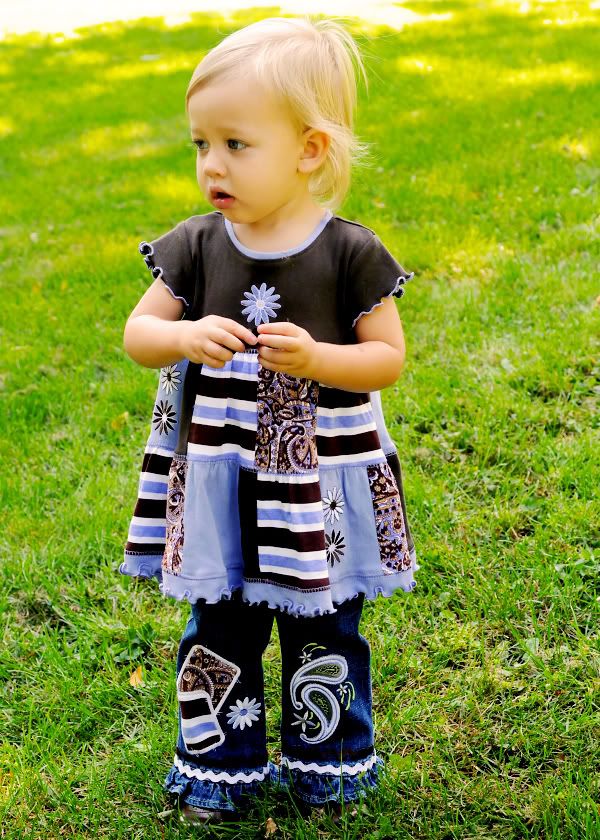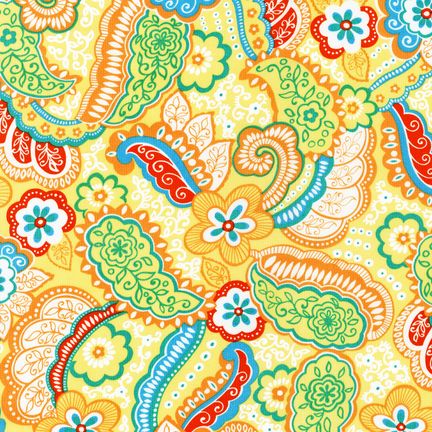And, as with any big money-maker, the Princess movement has many enemies. Bloggers cite racism, traditional gender roles, and unrealistic expectations as some of their reasons for hating Disney Princesses.
Interestingly, I recently heard a different spin on the Princess Phenomenon. In a thoughtful sermon on the dignity of being human, my pastor pointed out that the connection between a little girl and a fairy-tale princess is instant, instinctive, and strong. Perhaps, he said, little girls are metaphorically glimpsing their true identity and destiny.
As a child of God, he said, every little girl is made to be a princess. And somewhere deep down, she knows it.
If this is the case, then I have my own beef with Disney. It seems to me they may be thoughtlessly exploiting is something that is tender and deeply human in the little girls they cater to. Is it OK to make money by producing princess products? I would say yes, but it has to be done with... well, love.
I myself am a designer of little girls' products. In all my designing, I need to think not just about our profit margins, but about the girls themselves. The litmus test has to be: Are our products supporting their dignity as true human Princesses? Or, to make it personal, is this a product that I want to give my own daughters, to help them learn who they truly are?
Also posted at Pixyworld Blog
 My overseas production manager has proved herself responsible. After sending her a physical sample, graded patterns, and finished product measurements for my new
My overseas production manager has proved herself responsible. After sending her a physical sample, graded patterns, and finished product measurements for my new 
 It's a little puzzling, given the immense popularity of knit fabrics in fashion today, why knit prints are relatively hard to find. Premier fabric designers like
It's a little puzzling, given the immense popularity of knit fabrics in fashion today, why knit prints are relatively hard to find. Premier fabric designers like 